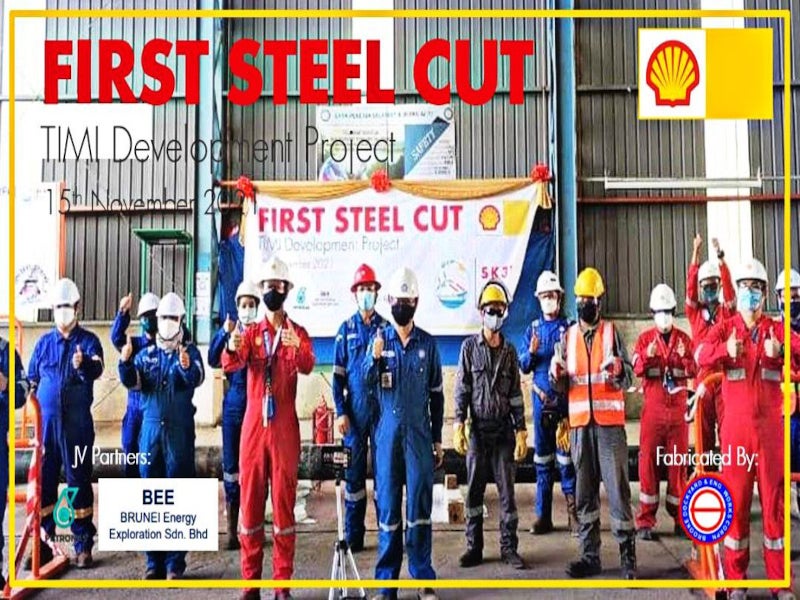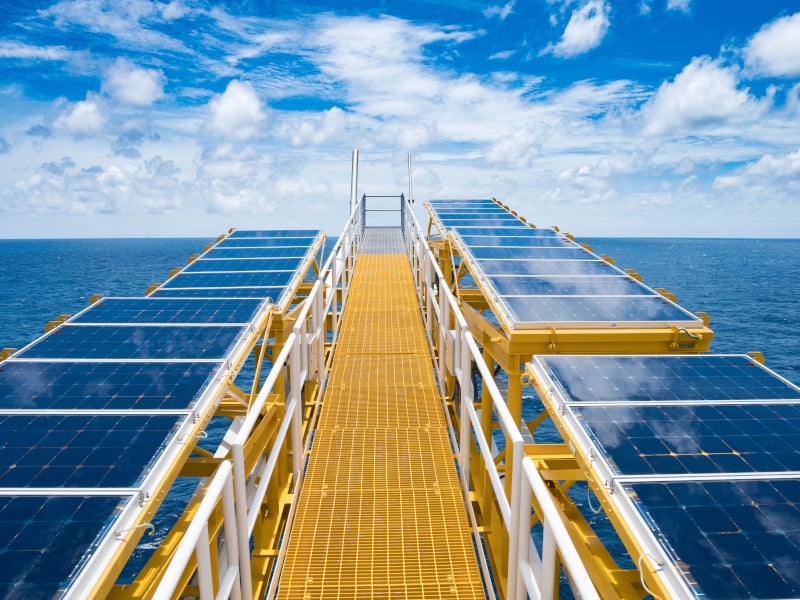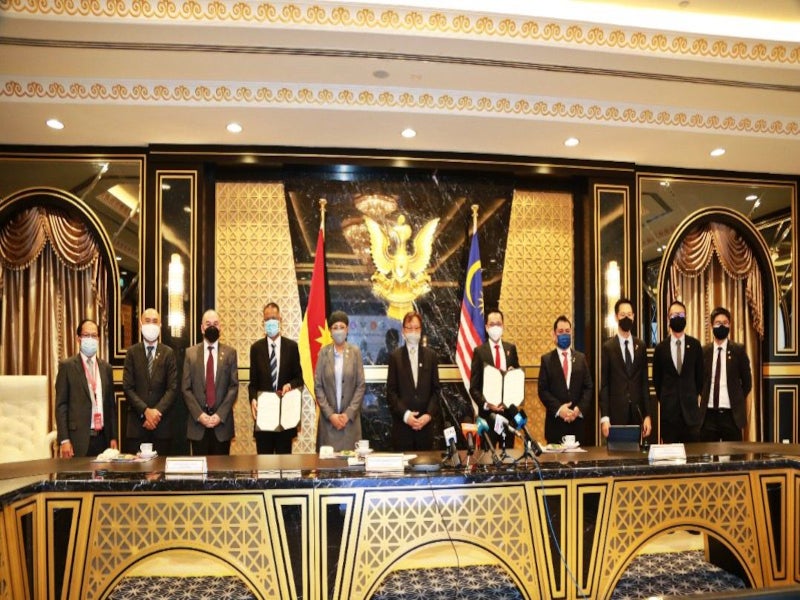The Timi sweet gas field is located offshore Sarawak, 202km north-west of Miri, Malaysia. It is being developed as part of the production sharing contract (PSC) for block SK318, which is located in water depths ranging between 200m and 1,000m.
Sarawak Shell Berhad (SSB), a subsidiary of Shell, operates the project with 75% equity. Its development partners include Petronas Carigali (15%) and Brunei Energy Exploration (10%).
SSB signed PSCs for blocks 2B and SK318 encompassing a total area of 9,000km² in April 2012.
The partners took the final investment decision (FID) on the Timi gas field development in August 2021. They also adopted a solar and wind hybrid power generation system for the project, in line with the target to reach net-zero emissions by 2050.
Timi sweet gas field development details
The Timi gas field development will include the installation of a new unmanned wellhead platform (WHP) and the drilling of two production wells. The WHP will be tied back to the existing F23 production platform operated by Shell, through a new 80km-long pipeline.
Powered by a solar and wind hybrid renewable power system, the WHP will be about 60% lighter than a standard tender assisted drilling (TAD) WHP.
The Timi gas field is estimated to have a peak production capacity of up to 50,000 barrels of oil equivalent per day (boe/d).
Timi wellhead platform details
The wellhead platform for the Timi field development will comprise a 3,385 metric tonnes (Mt) jacket, an 836Mt topside module with three well slots, and a 527Mt brownfield integrated module (BIM).
Measuring 150m long, the four-legged jacket of the platform will be the longest substructure in Sarawak waters.
F23 production platform details
The F23 gas field is situated in 85m-deep waters offshore Sarawak, in the Central Luconia province of Malaysia. The F23 production platform delivered the first gas to Malaysia LNG in October 1983.
The platform is fitted with a Rolls Royce RB211-G62 compression unit to improve gas recovery and extend the life of the field.
SSE, an Italian engineering, procurement, construction and commissioning solutions provider, conducted engineering works to optimise the anti-surge control system configuration of the F23 complex.
The F23 gas hub also receives gas from F29 and the Cili Padi gas field located 153km offshore Bintulu in Malaysia.
It features a compression train equipped with a GE LM-2500 aero-derivative gas turbine and an Elliot 23MB3/2 centrifugal compressor.
Contractors involved
Brooke Dockyard, a marine engineering company based in Malaysia, was awarded an engineering, procurement and construction (EPC) contract for the fixed offshore structure of the Timi field development project in November 2021.
Other assets operated by Shell offshore Malaysia
Shell also operates the Gumusut-Kakap and Malikai deepwater oil fields, located offshore Sabah, Malaysia.
Located at a water depth of 1,200m, the Gumusut-Kakap oil and gas field, which started production in October 2014, is Shell’s first deep-water project in the country. It has an average peak annual production capacity of 148,000 barrels a day (bpd).
Advanced technology installed as part of the project allows for safe production and transport of oil from the field.
The Malikai oilfield project, which entered production in December 2016, is located at a water depth of 500m. It was installed with the first tension leg platform (TLP) in the country. The field has an average peak annual production capacity of 60,000bpd.









